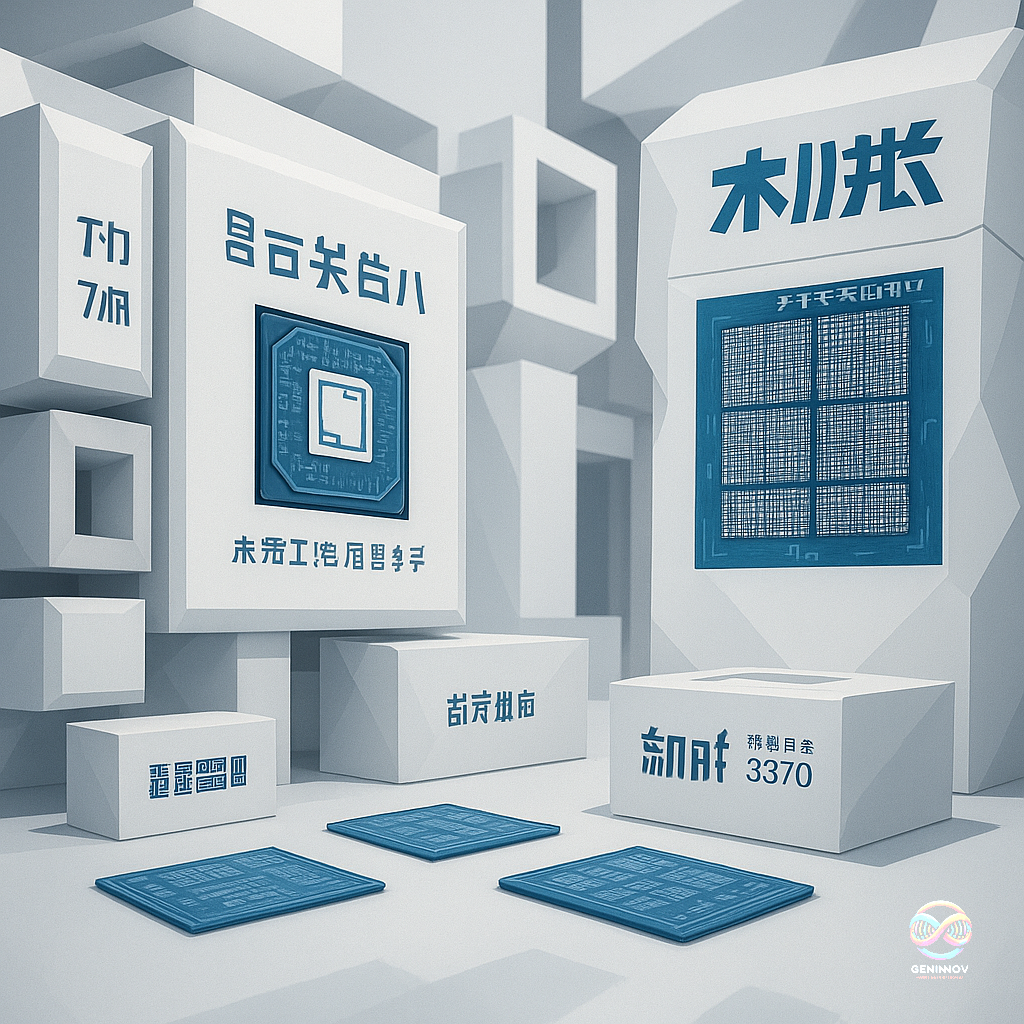When descriptions change to exaflops, picometers, pentillions, femtoseconds, and zettabytes
Ten days ago, Cognition AI's Devin, an autonomous AI software engineer, promised us a revolution. An open-source contender, Devika (https://bit.ly/3IRqRKA), is already out, promising to better Devin and at far less cost.
The GenAI era's hallmark instant copiability now reveals the first significant consequences. After Inflection AI's upheavals, one reads the story of Appen, a company involved in the training of AI systems, whose stock is now down 98% from the peak (https://on.wsj.com/3x4VYzD).
The heady mix of the extent and the pace of change is difficult to describe. The AI era is forcing us to think in terms of exaflops, picometers, pentillions, femtoseconds, and zettabytes. The most updated spell-checker on my system has problems with at least one of them!
In 2022, NVidia announced a staggering 275x biennial leap in GenAI training power. If that appeared exaggerated, they delivered 30x (it is not 30%, it is 30x!) in GB200 versus the previous best. The prompt sizes have already increased 1000x to millions of lines in the best models in the last year.
Imagine the energy sector enthusiasts talking about power consumption globally rising by 3-5% of the total in five years because of Data Centres (to be honest, by energy industry standards, such an increase by one activity is massive): GB200 is supposedly operating at 25x lower energy on some undisclosed parameter. Forecasters' job was never enviable: deriving palatable small numbers or tangible implications from the fantastical underlying has made it impossible.
The dust is not about to settle. We may run out the Internet data for training, but visual field fidelity tens of thousands of times compared to texts promises more things for our models to keep working on. Undoubtedly, saturation will hit some spaces, but the juggernaut will surge unbridled in others.
The Internet is full of great examples of humans' ability to grasp exponentialities. And, all these are examples of tiny varieties. The unfathomable explosion of the AI era has some foreseeable positives, like in Robotics, but in others, like healthcare, we cannot forecast the form and the shape of things to come.
The more significant issue is disruptions. Many of today's winning tech segments, including those masters of the previous AI methods, are shedding staff and evaluating new business areas while their top managers talk breathlessly about opportunities pressured by high share prices. For some, the time from the first signs of revenue weaknesses to precipitous falls may not be long. Relying on genuine evidence in investments rather than narratives on the potential is more important than ever.



